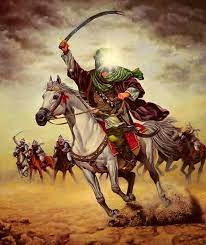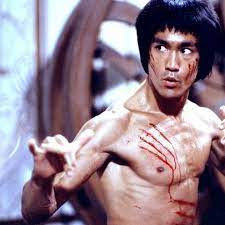Arnold Schwarzenegger

, born on July 30, 1947, in Thal, Styria, Austria, is a multifaceted personality renowned for his achievements as a bodybuilder, actor, producer, businessman, retired politician, and author. His journey from a small Austrian town to global stardom is a tale of determination, discipline, and resilience. Schwarzenegger's introduction to fame began with his successful bodybuilding career, where he dominated the Mr. Olympia competition, winning the title seven times. His sculpted physique and charismatic presence laid the foundation for his transition to Hollywood. In the late 1970s and 1980s, he became a cinematic icon, starring in blockbuster action films like "Conan the Barbarian," "The Terminator," and "Predator." The catchphrase "I'll be back" from "The Terminator" became synonymous with his on-screen persona. Beyond his cinematic exploits, Schwarzenegger delved into politics, serving as the Governor of California from 2003 ...


















